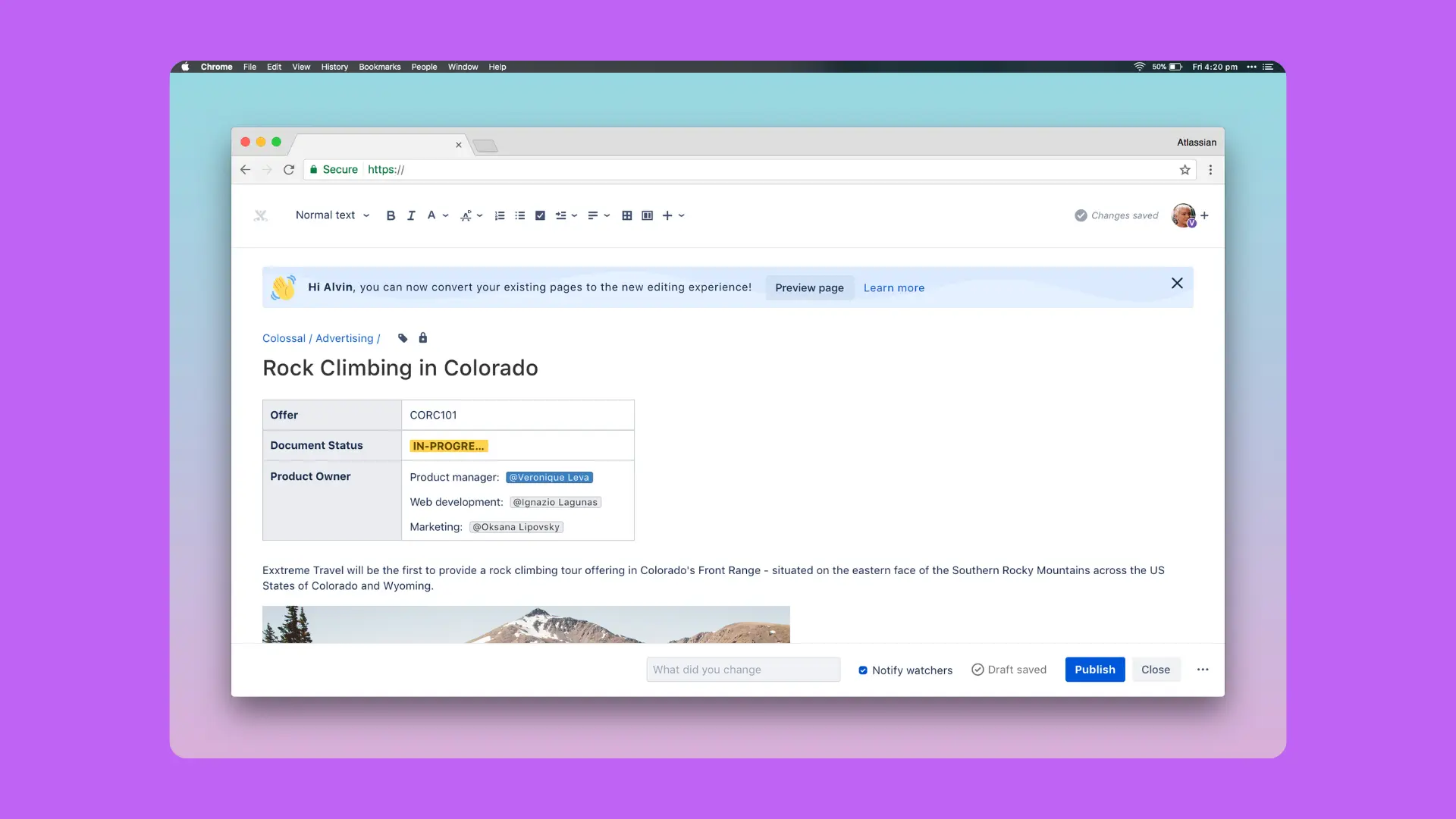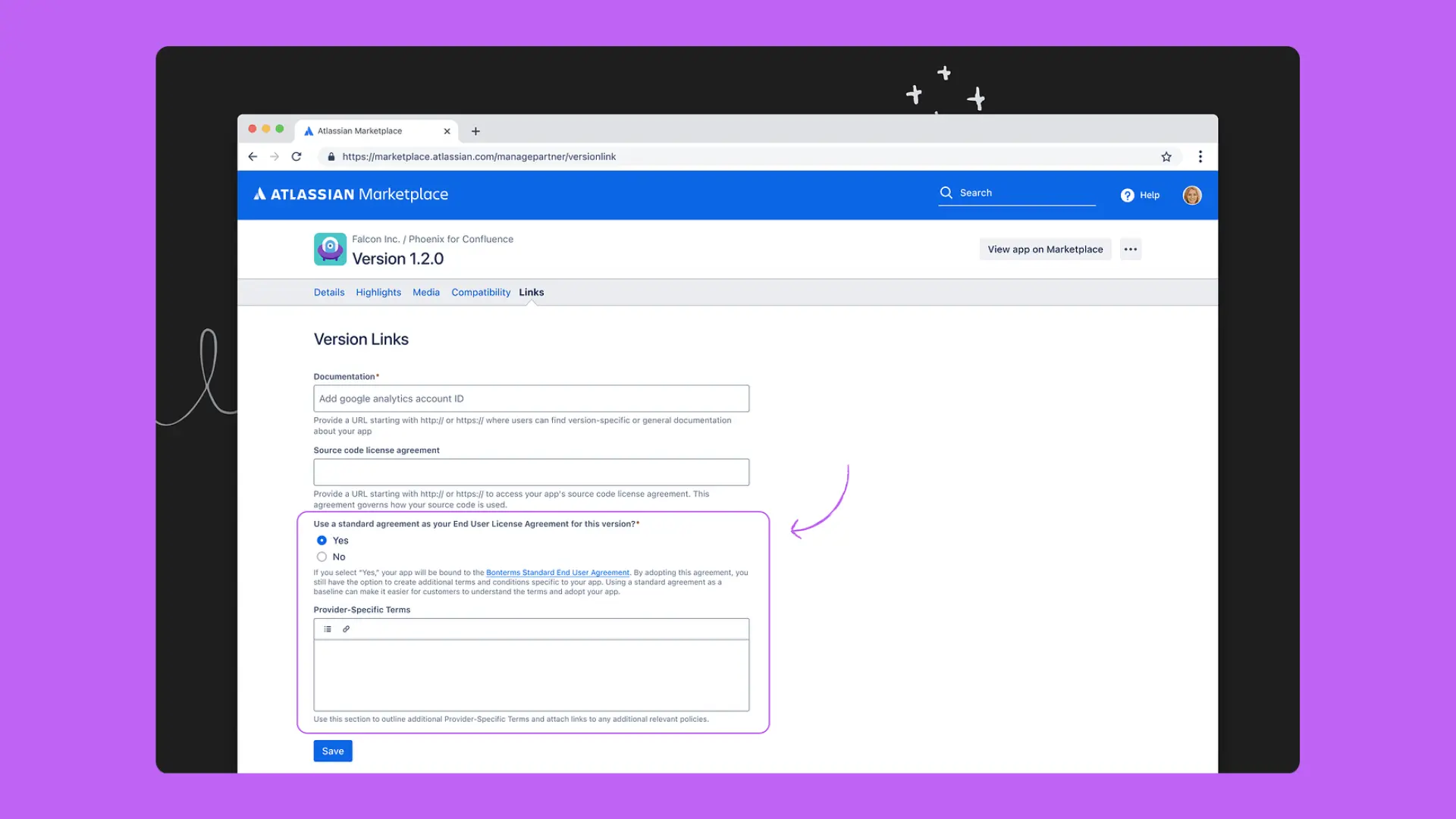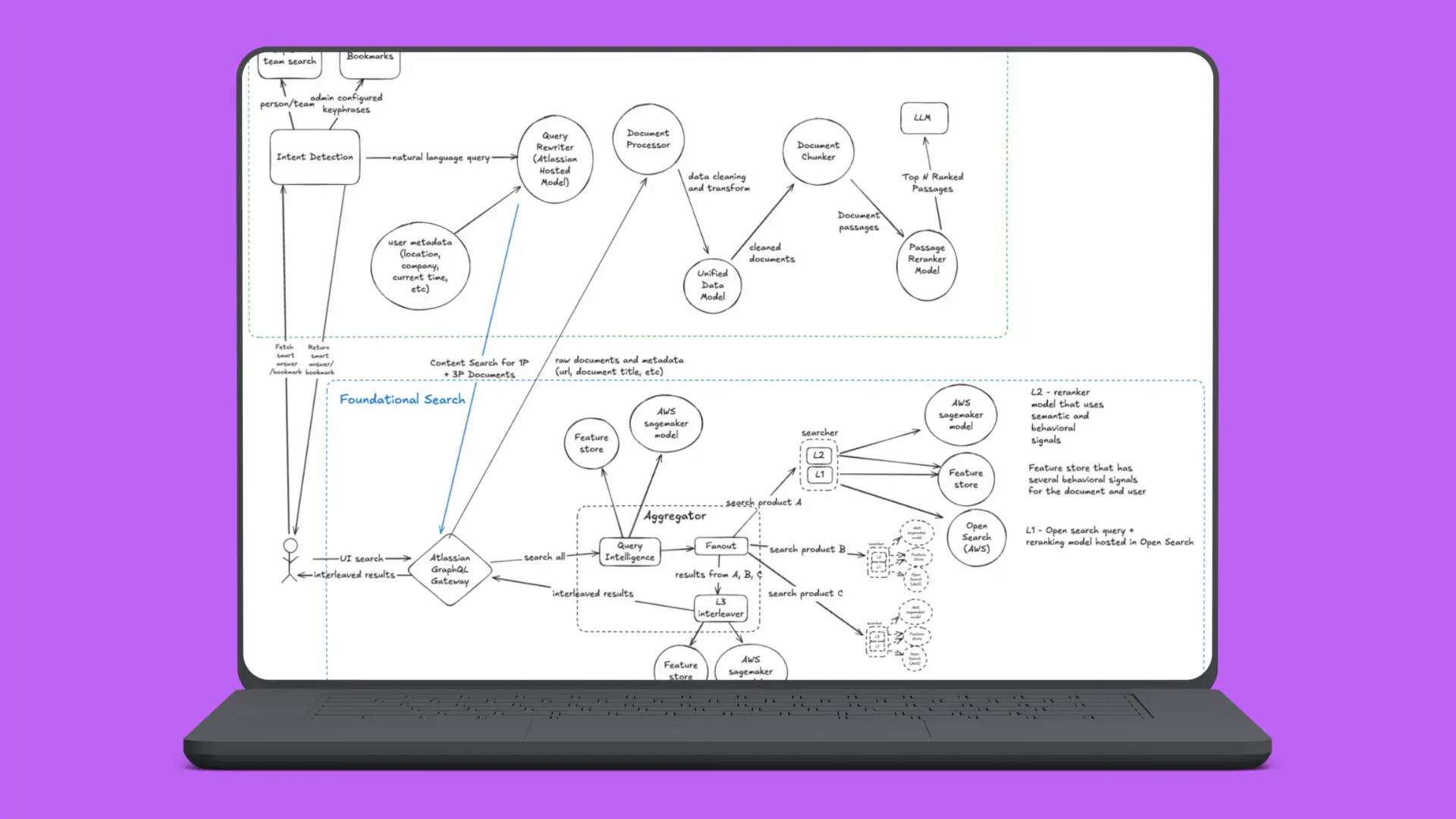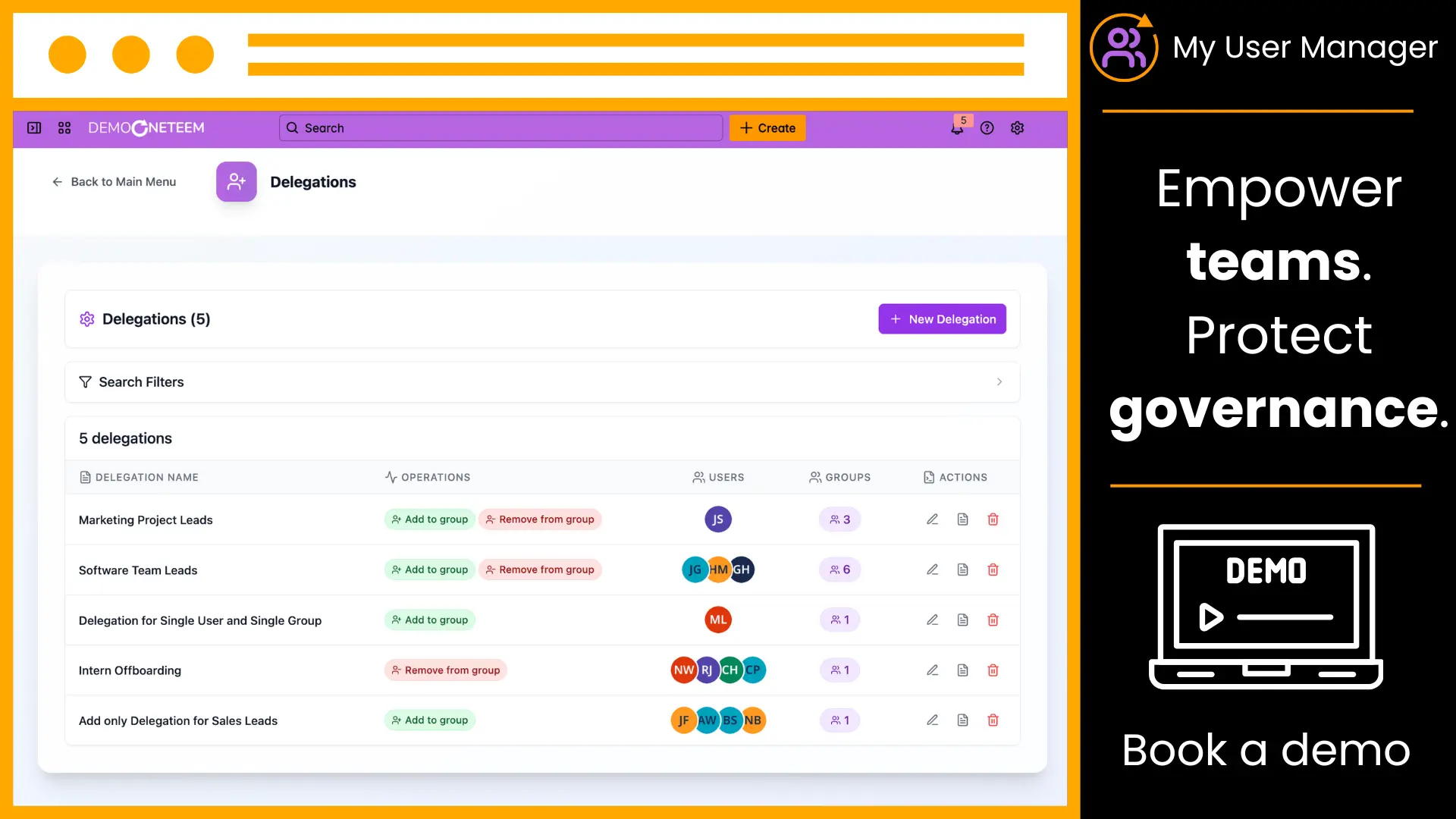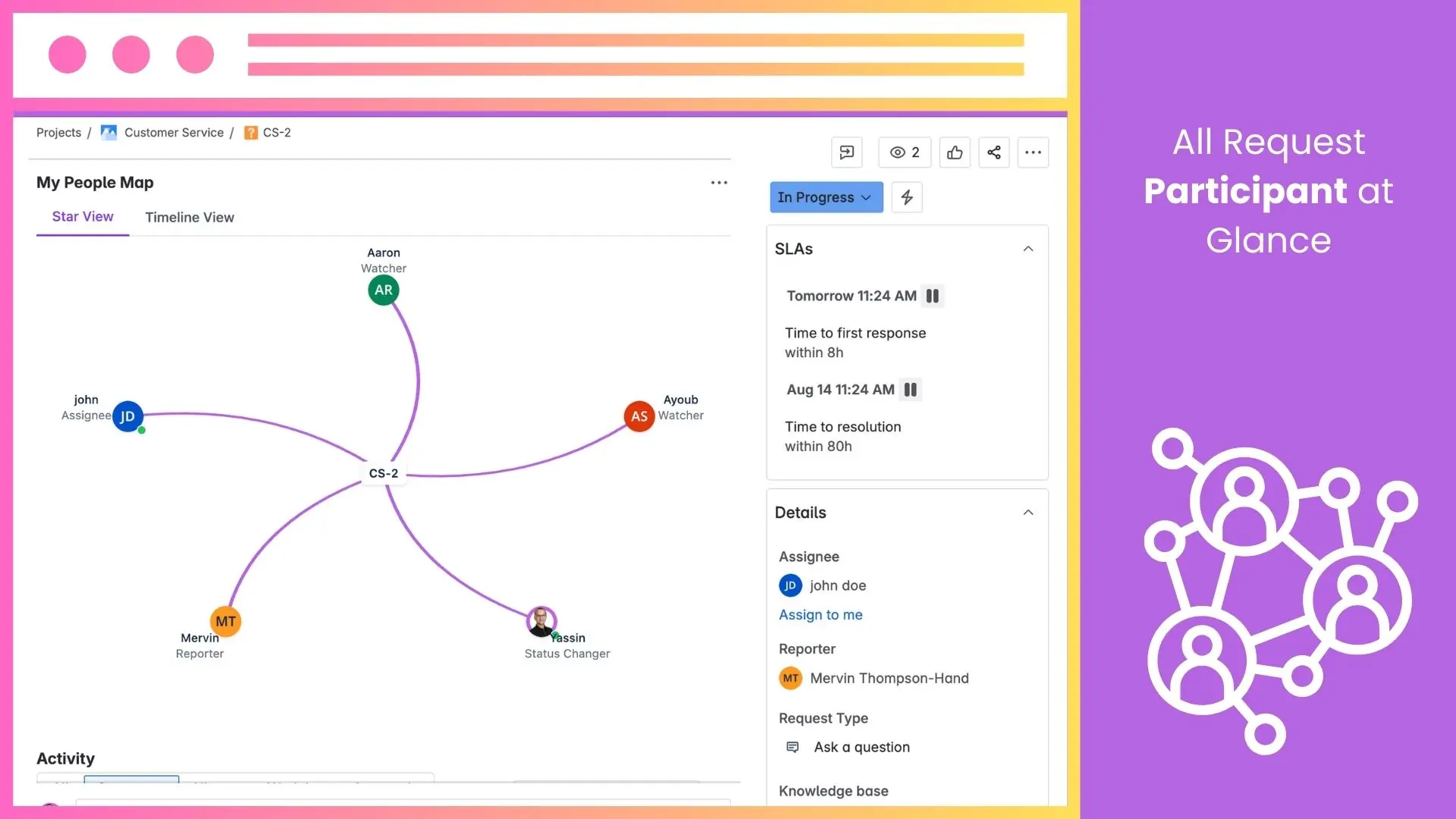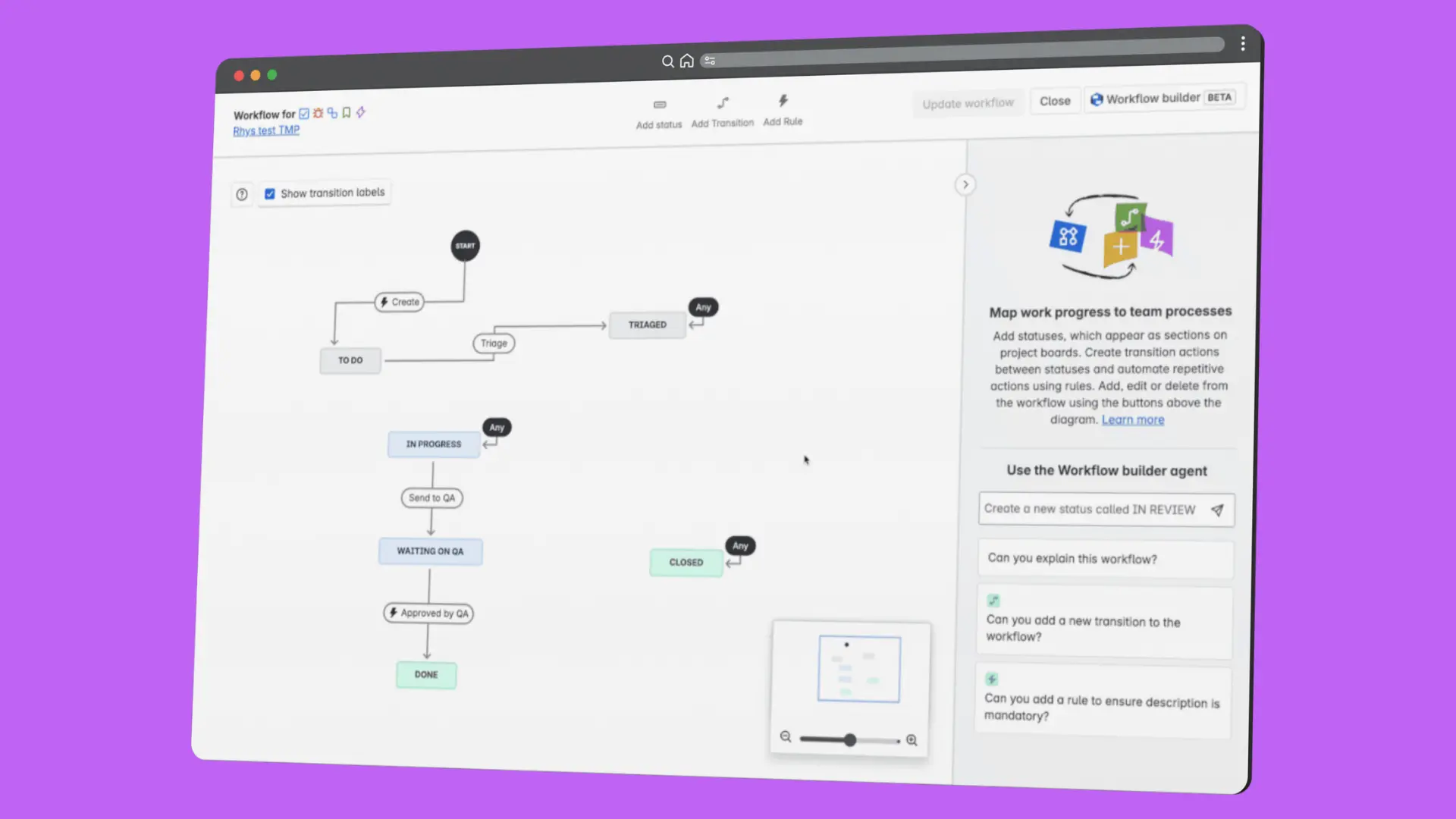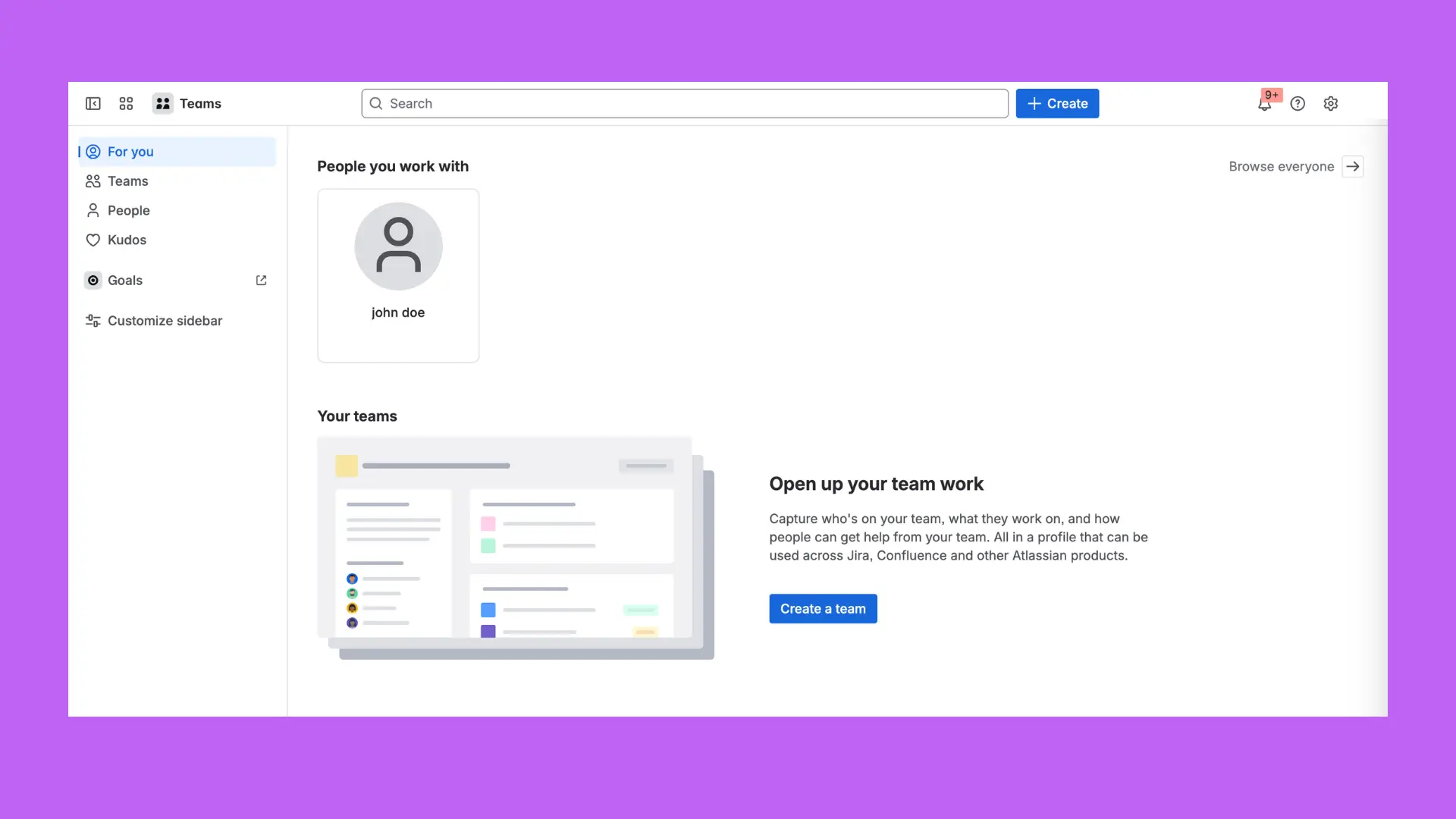This edition zeroes in on changes that impact governance, speed, and user experience across Cloud: the Confluence Legacy Editor sunset, standardized Marketplace EUAs, and how Rovo Search raises the bar on relevance. We also spotlight ONETEEM’s Delegations in My User Manager for Jira, My People Map for instant stakeholder visibility, Jira’s Workflow Builder Agent (beta), and the new Teams app as a living org directory.
Our lens is practical and enterprise-first: clearer ownership, least-privilege access, faster onboarding, and AI that fits your guardrails-not the other way around. Dive into the sections below for what changed and how to act.
🆕 Confluence Cloud Deprecates Legacy Editor
Atlassian will retire the Legacy Editor in April 2026, with a phased rollout starting in January 2026. From then, new pages will default to the modern Cloud Editor, and legacy pages will auto-convert before full deprecation.
For enterprises, this means preparing now-especially for spaces with heavy use of macros or migrated content. Atlassian offers tools like the Legacy Content Macro and optional auto-conversion to ease the transition, but unsupported content may still require manual cleanup.
🔑 Key Takeaways:
- Audit legacy pages early, especially macro-heavy ones.
- Enable auto-conversion to reduce manual effort.
- Train users on Cloud Editor features before April 2026.
- Use Legacy Content Macro only as a temporary fallback.
📝 Standard End-User Agreements for Marketplace Apps
Atlassian has introduced a standard, customizable end-user agreement (EUA) for Marketplace apps, based on the Bonterms template. Partners can now adopt this baseline agreement and add Provider-Specific Terms (e.g., governing law, DPAs) per app version.
For enterprises, this reduces procurement friction by aligning apps under a vetted standard while preserving flexibility. Partners gain a faster path to adoption without lengthy legal negotiations.
🔑 Key Takeaways:
- Standard EUA simplifies procurement and trust for enterprises.
- Provider-Specific terms enable necessary legal flexibility.
- New app versions require a manual opt-in to updated EUA templates.
- Terms carry forward automatically when publishing new versions.
🔎 Rovo Search: Smarter, Unified Search Across Tools
Atlassian has unveiled the engine behind Rovo Search, delivering faster and more relevant results across Jira, Confluence, Bitbucket, and over 50 connected apps like Google Drive and Slack. By combining keyword ranking (BM25), semantic search, and AI models, Rovo personalizes results based on freshness, popularity, and user context.
For enterprises, this means one powerful search interface that cuts across silos, accelerates knowledge discovery, and enables Smart Answers and conversational support with Rovo Chat.
🔑 Key Takeaways:
- Unified search across Atlassian + 3rd-party tools.
- AI relevance powered by BM25, KNN, and LLMs.
- Personalization through signals like recency and engagement.
- Supports quick find, deep search, and AI-generated answers.
🚀 Delegations in My User Manager for Jira: Least-Privilege Group Changes
ONETEEM introduced Delegations in My User Manager for Jira, letting non-admin users safely add or remove people from specific groups-without org admin or blanket user-admin rights. Jira admins define a delegation (name, groups, allowed actions: add/remove/both) and assign who can use it. Non-admins only see their assigned delegations and can perform exactly those actions-nothing more.
For enterprises, this removes end-of-day admin bottlenecks while keeping governance intact. You get least-privilege by design, faster onboarding/offboarding, standardized group-first permissions, and cleaner audits as your Jira footprint scales.
🔑 Key Takeaways:
- Delegate group management without elevating users to admins.
- Scope access precisely by group and action (add/remove/both).
- Accelerate joiners/movers/leavers while preserving control.
- Improve auditability and consistency across teams.
👥 My People Map for Jira: Instant Stakeholder Visibility
My People Map gives every Jira issue a live people graph so teams can see, at a glance, who’s involved-no more scanning long comment threads or watcher lists to figure out the real participants. The app visualizes the humans around the ticket, making ownership, influence, and collaboration paths immediately clear.
Why this matters for enterprises: faster handoffs, fewer blockers, and cleaner communication. By surfacing stakeholders where the work happens, onboarding accelerates, escalations route to the right people, and decisions land sooner-without adding admin overhead.
How it works: install the app, open any issue, and the stakeholder map renders automatically from existing Jira signals (e.g., watchers, commenters) plus other standard issue relationships-so context is always fresh and in sync with your workflow. (Roles shown depend on the data present in the issue.)
🔑 Key Takeaways for Enterprise Teams
- See the right people instantly: visualize participants directly on the issue.
- Cut handoff time: know who to loop in without hunting through fields.
- Improve governance: clearer ownership and traceable collaboration paths.
- Low lift: uses existing Jira data-no custom schema required.
🤖 Workflow Builder Agent (Beta) in the New Jira
Atlassian introduced the Workflow Builder Agent, an AI helper inside the new Jira workflow editor that turns plain-English prompts into draft workflows. Describe your process, and the agent proposes statuses, transitions, and rules you can refine before publishing.
For enterprises, this means faster standardization with human-in-the-loop governance: admins keep control of naming, guardrails, and approvals, while teams get quicker turnaround on new or improved workflows. It’s a beta, so validate behavior in a sandbox and plan for change as features evolve.
🔑 Key Takeaways:
- Generate workflow drafts from natural language prompts.
- Accelerate rollout while maintaining admin review and controls.
- Reduce back-and-forth tickets for routine workflow changes.
- Pilot in non-prod; expect iteration during the beta.
👥 Atlassian Teams App: Your Org’s Living Directory
Read More: https://support.atlassian.com/platform-experiences/docs/what-is-the-teams-app/
The Teams app gives Atlassian Cloud customers a central place to see people and team profiles-who they are, how they work, and who they work with. It acts as an organization-wide directory so anyone can quickly browse teams and understand context without chasing spreadsheets or tribal knowledge.
Admins and team leads can create new teams directly in the app, and teammates can send kudos to recognize great work. Access is simple: use the App Switcher (top-left nav) and choose Teams to jump in.
Why it matters for enterprises: clearer ownership, faster onboarding, and fewer blockers when routing work or finding the right experts. Teams becomes the lightweight source of truth for “who’s who,” improving collaboration across Jira, Confluence, and beyond.
🔑 Key Takeaways for Enterprise Customers:
- One living directory for people and teams.
- Browse team/people profiles to understand context fast.
- Create teams in-app; keep rosters current.
- Kudos drives visibility and recognition across the org.
That’s a wrap for this issue. If one of these updates touches your roadmap-editor migrations, legal streamlining, search, or access governance-prioritize a small pilot and measure the lift (time-to-done, rework, and auditability). Want help pressure-testing your rollout plan or a quick demo of ONETEEM apps? Reply with your top priority, and we’ll tailor a 15-minute walkthrough for your team.


